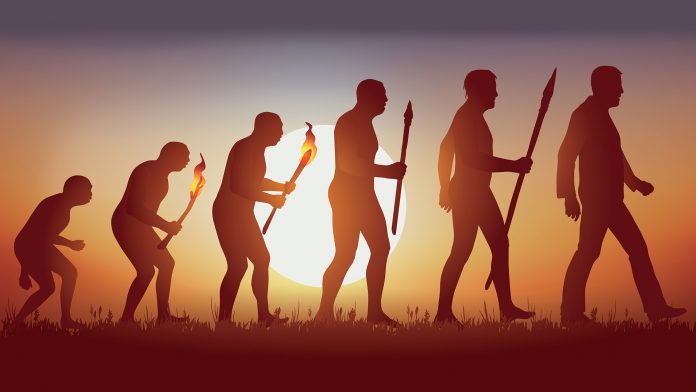The human species, Homo sapiens, is the only surviving species of the genus Homo, which emerged in Africa approximately 2.5 million years ago. Over the course of its evolution, the human species has undergone numerous physical, cultural, and cognitive changes that have enabled it to become the dominant species on Earth.
Early Homo species, such as Homo habilis and Homo erectus, had smaller brains and more primitive tools than modern humans. However, they were still able to adapt to changing environments and develop new technologies. For example, Homo erectus was the first species to use fire, which allowed them to cook food and expand their diet.
Around 300,000 years ago, the first anatomically modern humans appeared in Africa. These early humans had larger brains and more sophisticated tools than their predecessors. They also began to exhibit cultural practices such as burial of the dead and cave art, suggesting the emergence of symbolic and religious behavior.
Approximately 70,000 years ago, a group of humans migrated out of Africa and spread across the globe. This dispersal led to the emergence of different human populations with distinct physical and cultural characteristics. For example, humans who migrated to colder climates developed lighter skin to allow for greater absorption of vitamin D, while those who migrated to high altitudes developed larger lungs to enable better oxygen uptake.
Over time, human populations began to develop more complex societies and technologies. The invention of agriculture approximately 10,000 years ago allowed humans to settle in one place and develop larger, more organized societies. This led to the emergence of cities and the development of writing, which allowed for the recording and transmission of knowledge across generations.
In the last few centuries, humans have undergone further changes due to advances in technology and medicine. The Industrial Revolution, which began in the 18th century, led to significant improvements in transportation and manufacturing. In the 20th century, medical advancements such as vaccinations and antibiotics led to significant increases in life expectancy and a reduction in mortality rates.
Today, humans continue to evolve in response to changing environments and cultural practices. The development of new technologies such as artificial intelligence and genetic engineering may also lead to further changes in the human species in the future.
In conclusion, the evolution of the human species has been marked by numerous physical, cultural, and cognitive changes that have enabled us to become the dominant species on Earth. From our humble beginnings as primitive toolmakers to our current status as technological innovators, the human species has demonstrated remarkable adaptability and resilience in the face of changing environments and cultural practices.

Comments